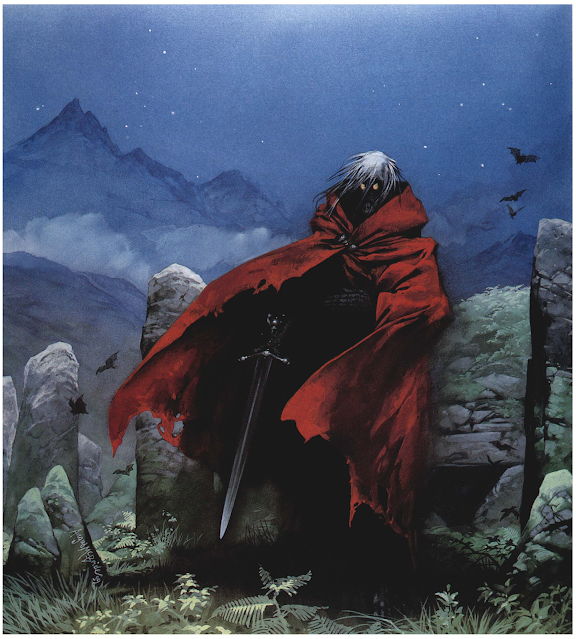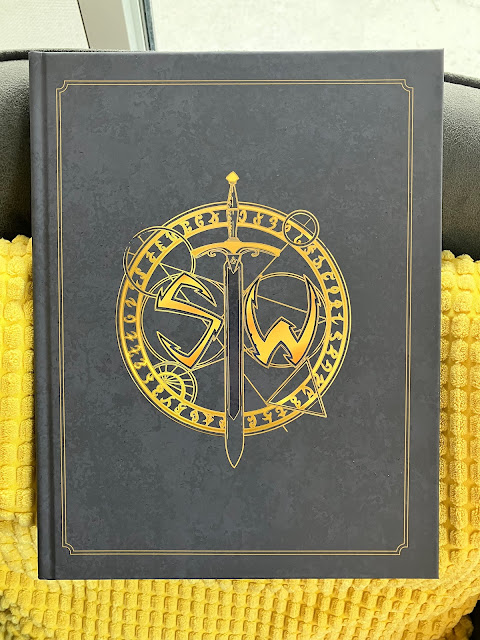Second edition AD&D was an edition that I almost entirely skipped. I say “almost” because I played very briefly in a 2e campaign one summer around 1990. However, I never owned any 2e AD&D books during its lifecycle (I bought a few books for the Greyhawk and Planescape settings years later). I had drifted away from AD&D by the late 1980s and did not play role-playing games that regularly during the 1990s. To the extent that I did, it was stuff like MERP, Rolemaster, Call of Cthulhu, Hawkmoon, GURPS, and the like.
I eventually did “play” a lot of 2e AD&D, but only via various computer RPGs, namely, the “Infinity engine” Baldur's Gate games, Icewind Dale, and Planescape: Torment (the latter game motivated me to learn more about the Planescape setting, hence my subsequent purchase of the box set and a few other things). It didn't seem that different from 1e AD&D, at least in terms of the rules (the addition of “kits” seemed to be the main difference).
The hatred directed towards 2e by adherents of 1e AD&D (primarily from grognards grumbling on the internet – not that there’s anything wrong with that!) always struck me as primarily flavour-based. And I share their irritation with 2e’s “purging” of things like assassins, half-orcs, demons, devils, etc., (all things that eventually crept back into the game, however, during the 1990s). Also contributing to this sentiment was some bitterness about TSR’s treatment of Gary Gygax, and the unavoidable fact that 2e AD&D was the first “post-Gygax” version of the game.
There are some rules differences between the two editions, of course, and in my view some favour 2e (e.g., the way thief skills were handled), others 1e (e.g., the presence of a distinct "illusionist" class).
But in terms of rules, I’m fine with 2e AD&D. I certainly prefer them over 3e (which I’ll never touch again), 4e (which I never played after reading halfway through the PHB), and 5e (which, admittedly, is the “least bad” of the post-TSR versions of AD&D/D&D, but still not my cup of tea). I'd be quite happy to play in a 2e campaign. But if I ever run an “old school” AD&D campaign again, it almost certainly would be (a house-ruled version of) Gygaxian 1e AD&D.
(*Note: Anders H is the author of the excellent Into the Unknown RPG, an “old school” variant of the 5e rules. Check it out! If you’re curious, I go over some of the main differences between ItU and 5e here.)







